UT Austin MRSEC researchers have realized a graphene double moiré structure and demonstrated independently tunable flat bands in such a structure.
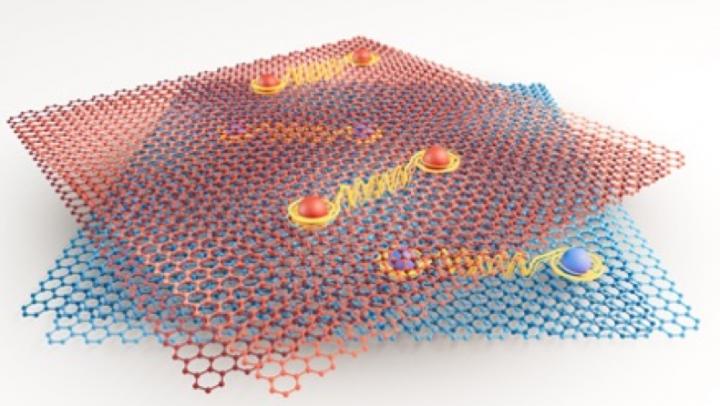
UT Austin MRSEC researchers have realized a graphene double moiré structure and demonstrated independently tunable flat bands in such a structure.
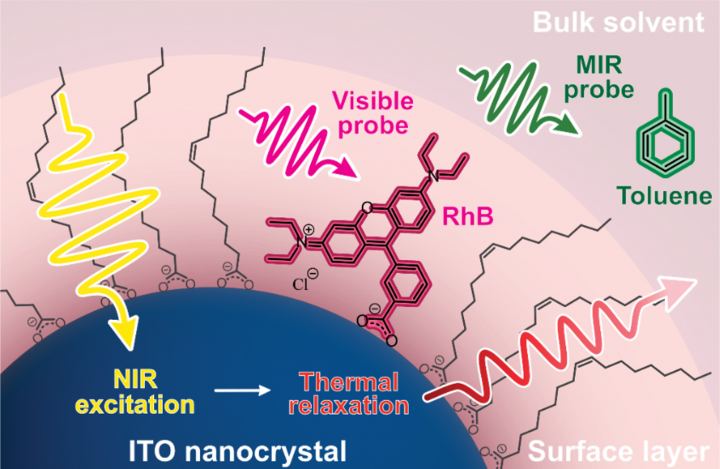
Metal Oxide nanocrystals that incorporate dopants (impurities) can display intense absorption bands known as localized surface plasmon resonances that can transduce light into heat. Using a series of time-resolved measurements with femtosecond resolution together with a theoretical heat transfer model, UT Austin MRSEC researchers have quantified timescales over which tin-doped indium oxide nanocrystals heat their environment following light absorption.
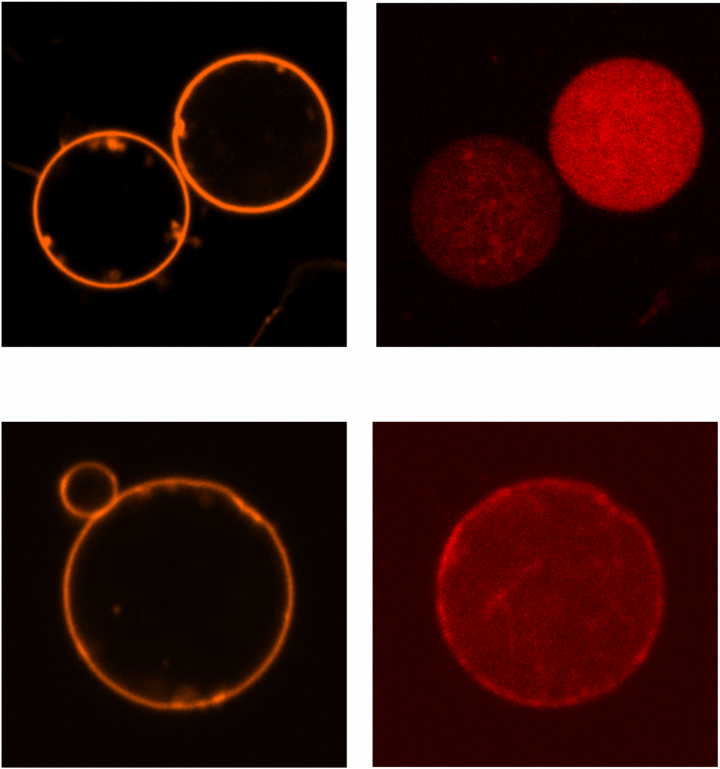
MRSEC researchers at UT Austin have developed a method to generate a synthetic cortex at the membrane of synthetic cells upon blue light illumination. This allows them to control the mechanical properties of synthetic cells reversibly. When incorporated into a synthetic tissue, this method would enable mechanical patterning and defining the 3D morphology of tissue with light.
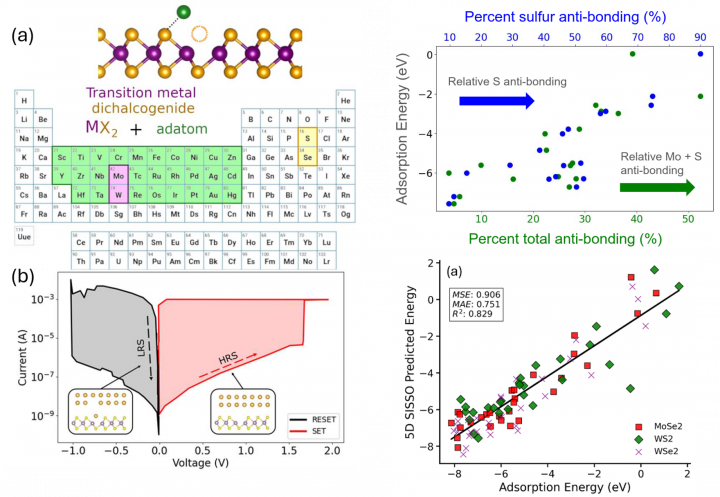
Two-dimensional transition metal dichalcogenides have recently been shown to demonstrate non-volatile resistive switching , offering significant advantages such as high-density integration and low energy consumption due to their atomic-scale thinness. In this study, MRSEC researchers at UT Austin focus on the adsorption and desorption of metal adatoms, which can modulate the electrical resistivity by several orders of magnitude.
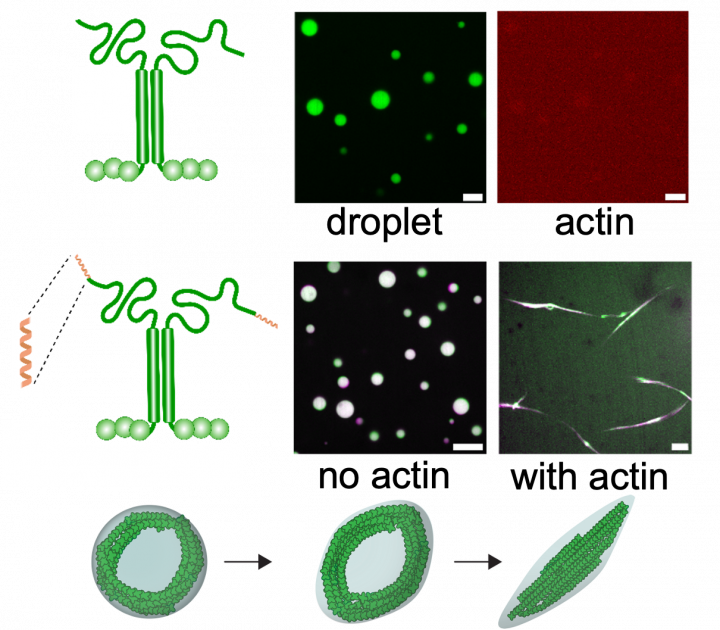
MRSEC researchers at the University of Texas Austin have revealed major driving forces for bundling of actin filaments including (i) depletion effects, and (ii) multi-valent presentation of filament-binding domains.
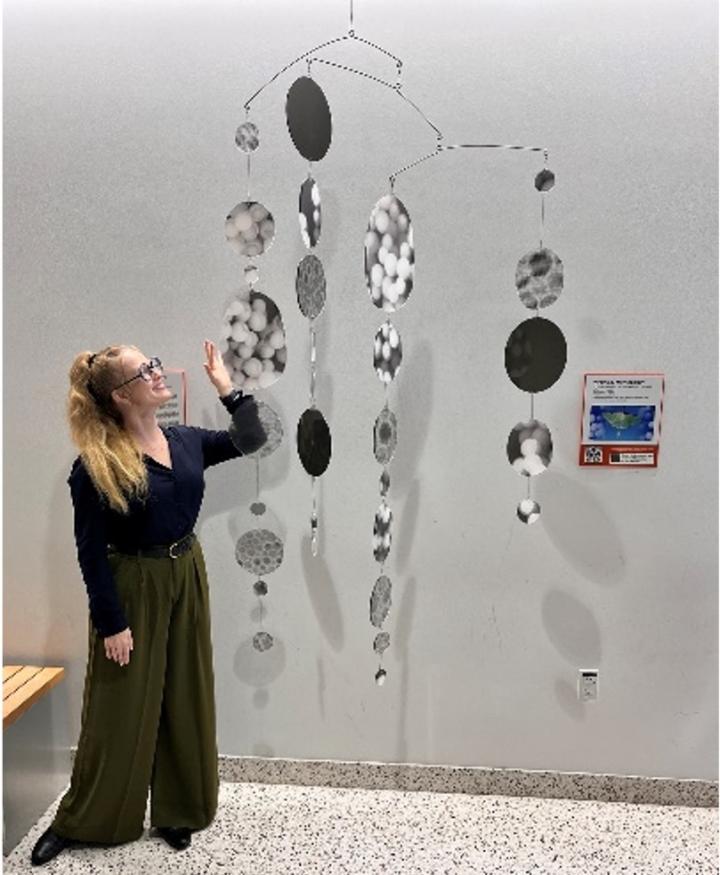
The artist residency program at the Center for Dynamics and Control of Materials enables artists to work with CDCM faculty to create contemporary art installations that demonstrate emerging science and technology, bringing fundamental concepts in science to the public in very tangible, engaging ways.
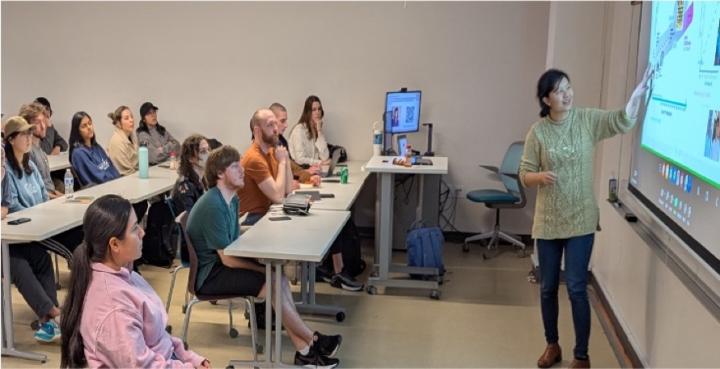
Connecting Research and Education At TExas is a partnership program established between UT Austin and Austin Community College whose goal is to increase retention of community college students in STEM.
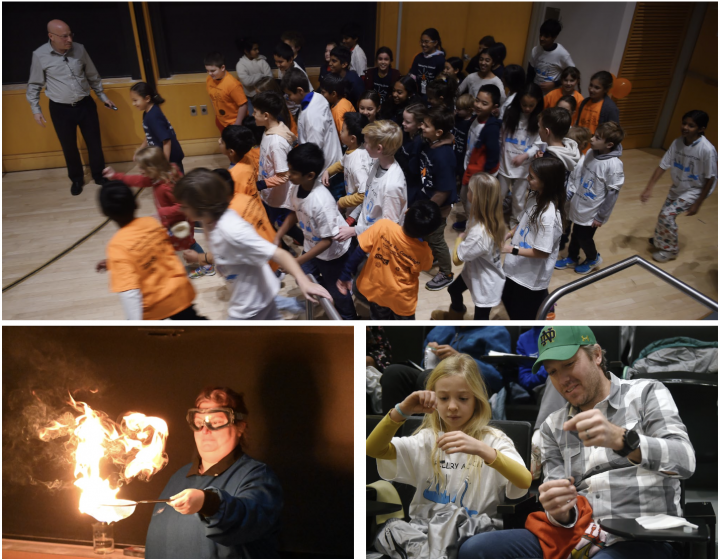
The 2024 Holiday Science Lecture “Science by Candlelight” was held at Princeton University on December 7, 2024 with over 530 people attending two lectures at McDonnell Hall. The interactive lecture was free and open to the public.
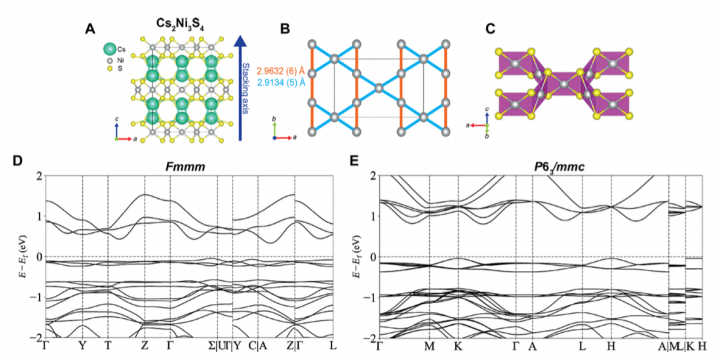
Flat bands have been associated with excoct effects in materials, such as strong correlations, superconductivity, or the fractional quantum Hall effect. In bulk materials they are difficult to be isolated form other electronic states. In addition, they are often at non-accessible energies. In this work, Princeton researchers collaborated to access flat bands in a new material using soft-chemical modification of a known materials.
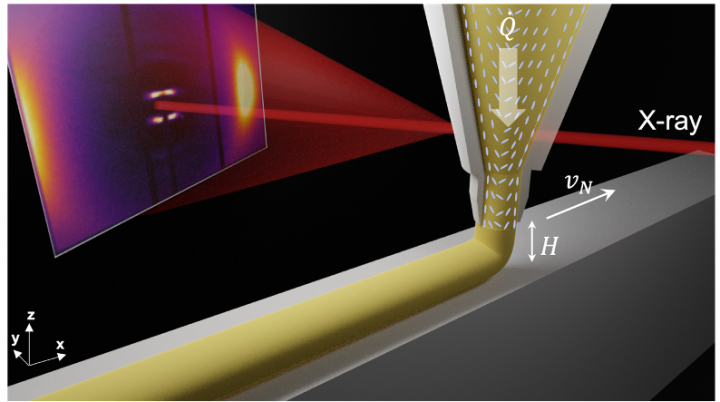
Aligned liquid crystal elastomers (LCEs) are soft materials that exhibit reversible actuation akin to human muscles when thermally cycled above their nematic-to-isotropic transition temperature. The MRSEC team at Harvard University studied the effects of LCE ink composition, nozzle geometry, and printing parameters on director alignment.